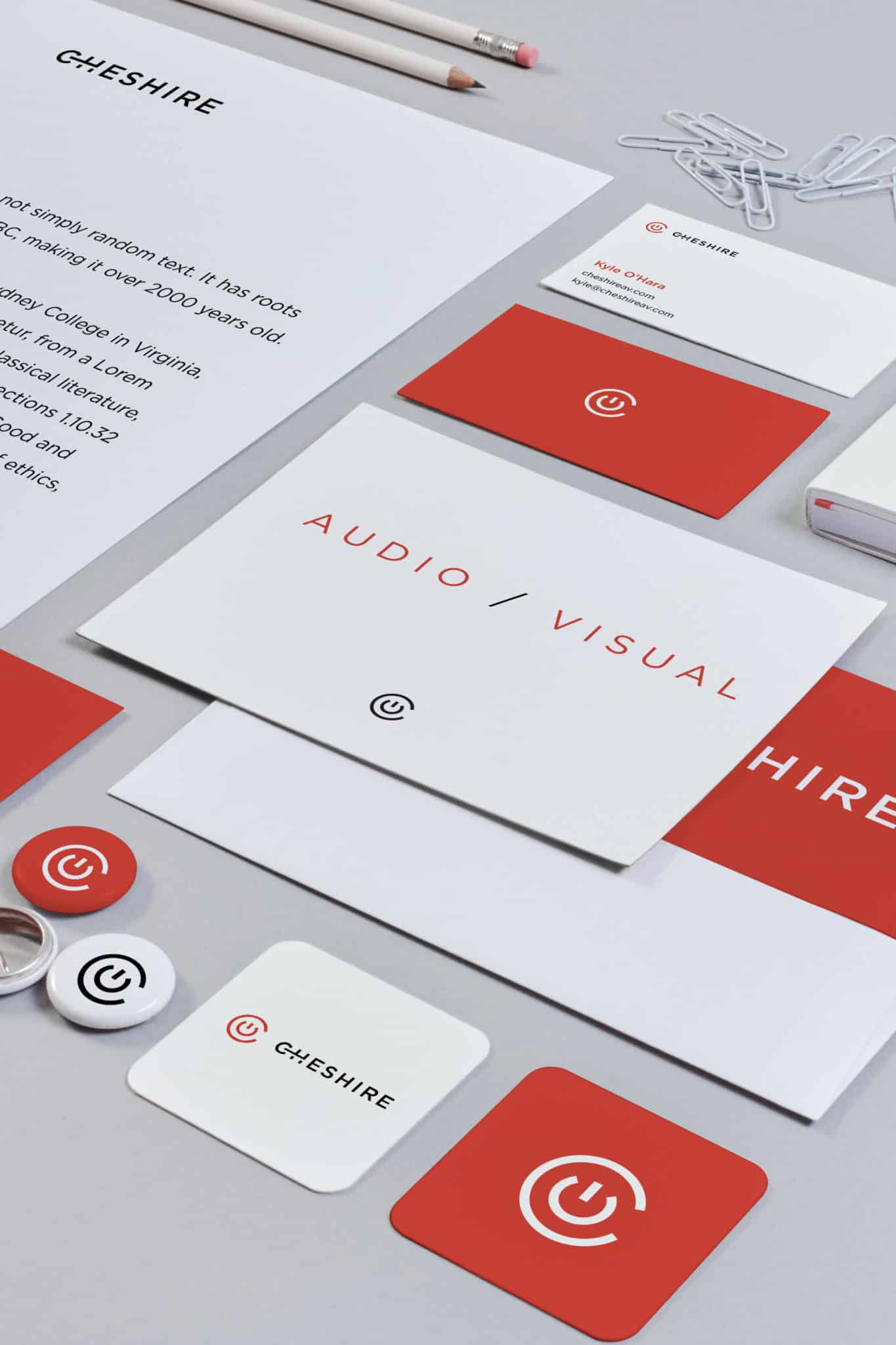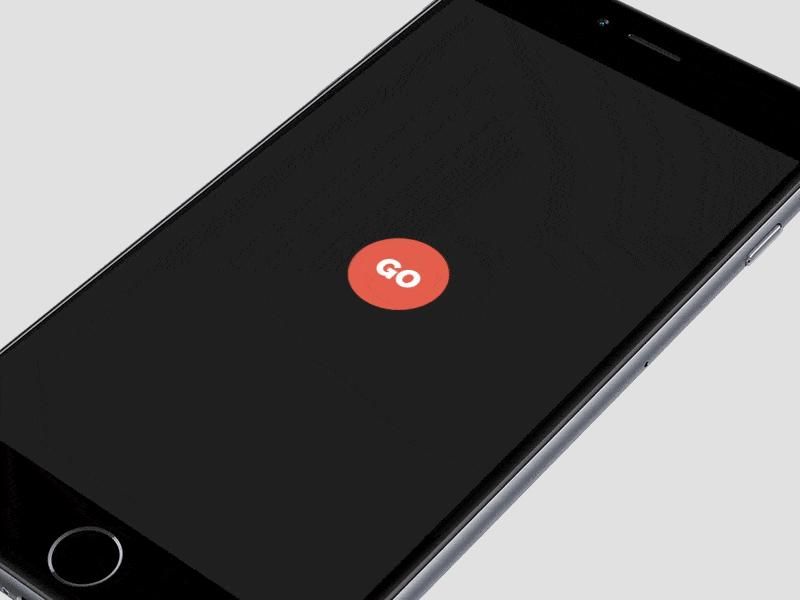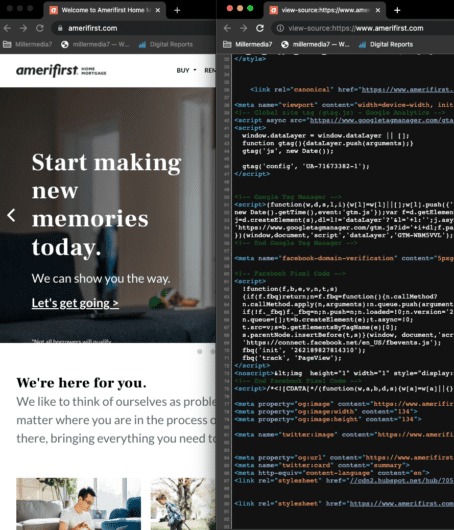Imagine a world where 95% of customer interactions are powered by AI, – according to Servion Global Solutions, that reality is just around the corner by 2025. Artificial Intelligence is no longer a futuristic concept— AI in design systems is transforming the way they function today, making digital experiences smarter, more efficient, and more accessible than ever.
From automating time-consuming design tasks to personalizing user experiences in real time, AI is changing the game for UX designers and product teams. It’s streamlining workflows, enhancing collaboration between designers and developers, and ensuring consistency across platforms.
As AI becomes an essential part of modern design systems, businesses that embrace these innovations are setting themselves up for success in an increasingly digital-first world. Let’s explore how AI redefines UX, speeds up design processes, and fosters seamless teamwork across creative and technical teams.
Understanding AI in Design Systems
AI in design systems refers to the use of artificial intelligence to automate, optimize, and enhance various aspects of design, including user experience, accessibility, and collaboration. These AI-powered systems analyze data, recognize patterns, and generate design solutions with minimal human intervention.
The use of AI in design began with basic automation tools, such as Photoshop’s auto-enhancement features. Over time, AI evolved into more advanced applications like generative design tools, predictive user analytics, and intelligent automation, leading to the AI-powered design environments we see today.
There are four major AI-powered design systems that you need to know:
- Machine Learning Algorithms – Analyze user behavior and improve design recommendations over time.
- Natural Language Processing (NLP) – Enables voice commands and conversational design elements.
- Computer Vision – Recognizes and adapts visual elements in real-time.
- Generative AI – Creates dynamic, user-specific designs using predefined data models.
Enhancing User Experience with AI
Artificial Intelligence is redefining how users interact with digital experiences, making them more personalized, accessible, and emotionally engaging. By analyzing user behavior, adapting content dynamically, and optimizing design elements, AI helps create seamless and intuitive interactions that feel uniquely tailored to each individual.
Personalization at Scale
AI enables brands to deliver hyper-personalized experiences by analyzing vast amounts of user data in real time. Through behavior analysis, AI tracks how users engage with interfaces, predicting their preferences and adjusting content accordingly.
Dynamic content adaptation ensures that visuals, text, and layouts evolve based on user actions, making the experience feel intuitive and responsive.
AI also enhances predictive design elements, allowing systems to anticipate user needs before they even make a request—such as adjusting navigation flows based on past interactions or suggesting relevant content at the perfect moment.

For example, Netflix uses AI-driven behavior analysis to track viewing habits and preferences. If a user frequently watches crime documentaries, Netflix dynamically adapts their homepage to showcase similar content, rearranging thumbnails and recommending personalized categories. This predictive approach keeps users engaged by anticipating their interests and serving content they are most likely to enjoy—before they even search for it.
Accessibility Improvements
AI is also making digital experiences more inclusive by automating key accessibility features. Tools like automated alt text generation use image recognition to describe visuals, helping visually impaired users navigate content more easily. For example, with the tool Alttext AI you can upload the images and it will write alt text for it in seconds.

Color contrast optimization ensures that text and backgrounds meet accessibility standards, improving readability for users with visual impairments.
Moreover, voice user interface (VUI) enhancements enable hands-free interactions, making technology more accessible to those with mobility challenges or different communication needs.
For example, Amazon Alexa allows users with mobility impairments to control smart home devices, set reminders, or send messages using only voice commands. This hands-free interaction improves accessibility, enabling users to navigate technology effortlessly without needing a physical interface.
Emotional Design and Sentiment Analysis
AI can read, interpret, and respond to human emotions, creating more meaningful interactions. AI-powered mood boards analyze user preferences and suggest design aesthetics that align with their emotions and interests.
Sentiment-based design recommendations allow brands to fine-tune UI elements, messaging, and color schemes based on a user’s mood or reaction. Meanwhile, A/B testing automation helps designers optimize UX by rapidly testing multiple variations of an interface and determining what resonates best with different user segments.
For example, Spotify uses AI-powered mood analysis to curate playlists based on a user's listening habits and emotional state. If a user frequently listens to upbeat songs in the morning and relaxing tunes in the evening, the platform adapts its recommendations accordingly.

Similarly, Canva leverages AI to suggest color palettes and design elements that align with the tone of a project, helping users create visuals that resonate emotionally with their audience.

As AI continues to evolve, it’s reshaping UX by making digital interactions more personalized, accessible, and emotionally intelligent—ultimately improving user satisfaction and engagement.
Streamlining Design Processes
AI eliminates guesswork in design by offering intelligent layout suggestions, color palettes, and typography pairings.
Canva’s Magic Design feature, for example, allows users to generate design templates with AI recommendations.

AI enforces design consistency by automating style guide adherence and flagging inconsistencies. Figma’s AI-powered design plugins assist in synchronizing design elements across platforms, ensuring uniformity.

AI-driven wireframing and intelligent version control significantly accelerate prototyping. Uizard, an AI-powered wireframing tool, transforms sketches into digital prototypes, reducing manual effort and speeding up the design process.
Improving Collaboration Among Design Teams
AI-powered tools are transforming how design teams work together, ensuring greater consistency, efficiency, and quality. These intelligent systems provide objective design critiques, helping teams maintain uniformity across projects.
For instance, Fronty converts images into HTML/CSS code, allowing designers to quickly translate visuals into functional web elements while streamlining feedback and revisions.
AI also simplifies version control and design tracking. GitHub Copilot, for example, assists developers with real-time code suggestions and reviews, reducing errors and improving collaboration between design and development teams.
AI-powered changelogs automatically document design modifications, making it easier to manage iterations, track progress, and resolve conflicts efficiently.
Seamless handoff between design and development is another key advantage of AI in design collaboration.
Zeplin, an AI-powered design collaboration tool, bridges this gap by automatically generating style guides and extracting assets, ensuring developers have clear, structured guidelines to implement designs accurately.

With AI, design teams can work more cohesively, reduce miscommunication, and accelerate product development.
3 Real-World Examples of AI in Design Systems
AI is rapidly transforming design systems across industries, enabling automation, personalization, and enhanced collaboration. Companies like Microsoft, Airbnb, and Adobe have successfully integrated AI into their workflows, setting the standard for AI-driven design solutions.
Microsoft: AI for Accessibility and Design Consistency
Microsoft has been at the forefront of AI integration in design, particularly in accessibility and automated layout generation. PowerPoint Designer, an AI-driven feature, automatically suggests professional slide layouts based on the content, helping users create visually appealing presentations with minimal effort.
Microsoft’s Seeing AI app also uses computer vision to assist visually impaired users by describing their surroundings, demonstrating AI’s impact in making digital design more inclusive.

Additionally, Microsoft’s AI-powered Fluent Design System ensures design consistency across its ecosystem, automatically adjusting UI elements based on user preferences and device types. These innovations not only improve efficiency for designers but also make digital products more accessible to a diverse audience.
Airbnb: AI-Powered UX Research and Design Automation
Airbnb has embraced AI to streamline user experience research and accelerate design workflows. Airbnb leverages AI-powered personalization to improve user experience.

The platform analyzes user behavior, search preferences, and booking history to recommend accommodations and experiences tailored to individual users. By integrating AI into both the design and UX research process, Airbnb ensures a seamless, data-driven approach to product development.
Adobe: AI-Driven Creative Assistance with Sensei
Adobe has revolutionized design software with Adobe Sensei, an AI engine that enhances productivity for designers, photographers, and marketers. Sensei automates tedious design tasks, such as removing image backgrounds, applying smart filters, and generating design recommendations based on content analysis.
For example, Adobe Photoshop’s AI-powered selection tools allow designers to make precise edits instantly, while Adobe Illustrator’s AI-driven font recommendations suggest typefaces that complement existing designs.

These tools not only enhance creativity but also reduce manual effort, enabling professionals to focus on high-level design decisions.
By incorporating AI into its design suite, Adobe has created an ecosystem where designers can work faster, experiment more freely, and maintain consistency across projects.
Challenges and Considerations
As AI continues to revolutionize design, it also brings ethical, creative, and security challenges that must be addressed to ensure responsible use. From bias in AI models to concerns over privacy and human creativity, businesses must find ways to balance automation with thoughtful oversight.
Ethical Concerns in AI-Driven Design Decisions
One of the most pressing challenges in AI-powered design is algorithmic bias. AI models learn from existing datasets, and if those datasets lack diversity, the resulting designs may reinforce stereotypes or exclude certain groups.
For instance, AI-generated avatars or facial recognition tools have been criticized for failing to represent diverse skin tones accurately. To mitigate bias, companies must use inclusive training data, conduct regular audits, and implement fairness-focused AI models to create equitable experiences for all users.
Additionally, maintaining human oversight is crucial. While AI can automate design decisions, human designers must remain involved to ensure that final outputs align with brand values, ethical standards, and user expectations. AI should serve as an enhancer, not a replacement for human intuition and empathy in design.
Balancing Automation with Human Creativity
AI excels at handling repetitive, data-driven design tasks, but it cannot replace human creativity, emotional intelligence, or storytelling. To strike the right balance, companies should define AI’s role as a design assistant rather than a decision-maker. AI can suggest layout options, color palettes, and typography, but human designers must curate, refine, and bring emotional depth to the final product.
As AI adoption grows, upskilling designers will become essential. Designers will need to learn how to work alongside AI tools, interpret AI-generated insights, and apply human judgment to ensure authenticity and originality in their designs. Investing in AI literacy programs can help design teams stay competitive in this evolving landscape.
Data Privacy and Security in AI-Powered Personalization
AI-powered personalization relies heavily on user data, making privacy and security a top concern. Companies must follow privacy-by-design principles, ensuring that data protection is integrated into AI systems from the ground up. This includes encrypting sensitive information, limiting data collection to what is necessary, and giving users control over their data preferences.

Compliance with data protection laws like GDPR and CCPA is essential to prevent legal risks and maintain consumer trust. Transparency is also key—users should clearly understand how their data is used and have the ability to opt in or out of AI-driven personalization features.
By prioritizing ethical AI practices, balancing automation with human creativity, and ensuring strong data security measures, companies can fully harness AI’s potential in design without compromising user trust or creative integrity.
Future Trends in AI and Design Systems
AI is continuously transforming the way design systems operate, making them more adaptive, intelligent, and inclusive. As AI-driven tools become more sophisticated, design teams will be able to automate workflows, enhance accessibility, and integrate AI into emerging technologies. Here are the key trends shaping the future of AI in design systems.
Generative AI in Design Systems
Generative AI is set to revolutionize design by creating dynamic, data-driven visuals tailored to user needs. AI-generated design elements and patterns can automate layout creation, typography selection, and UI components, allowing designers to focus on higher-level creativity.
Customizable AI design assistants, like Adobe Firefly or Canva’s AI-powered design tools, will enable teams to generate assets in seconds while maintaining brand consistency and aesthetic appeal.
Additionally, evolutionary design systems will emerge—these are AI-powered frameworks that continuously adapt based on user interaction, automatically refining elements to optimize usability and engagement over time.
AI-Driven Design for Emerging Technologies
As technologies like virtual reality (VR), augmented reality (AR), and the Internet of Things (IoT) expand, AI will play a crucial role in automating design for these environments. AI will streamline AR/VR experience creation, generating immersive UI elements that adapt in real time.
For IoT devices, AI-driven optimization will help improve interface design across connected devices, ensuring seamless interactions between smart home systems, wearables, and other IoT applications.
Voice and gesture-based interfaces will also become more intuitive, with AI enhancing speech recognition and predictive interaction patterns, making these systems more responsive and accessible.
Integration of AI with Design Thinking Methodologies
AI will complement design thinking by improving problem-solving and user research processes. AI-assisted problem framing and ideation will help designers analyze trends, identify pain points, and propose creative solutions faster than traditional methods.
Data-driven empathy mapping will provide deep user insights, allowing teams to develop user personas and journey maps more accurately. Predictive prototyping, powered by AI, will help teams test and refine ideas early in the design process, enabling faster iterations and user-centric innovations.
Sustainable and Inclusive Design Through AI
AI-driven tools will play a vital role in making design systems more sustainable and inclusive. AI-powered accessibility compliance will help ensure that digital interfaces meet WCAG (Web Content Accessibility Guidelines) by automatically detecting and adjusting contrast ratios, font sizes, and alternative text.
Eco-friendly design optimization will also emerge, with AI analyzing energy-efficient color schemes, lightweight UI components, and sustainable digital experiences that reduce carbon footprints. Additionally, AI-driven cultural adaptation will enable global brands to automate content localization, ensuring that designs resonate with diverse audiences across different regions and languages.
As AI technology continues to advance, its impact on design systems will go beyond automation—it will enhance creativity, inclusivity, and sustainability, empowering designers to craft experiences that are more efficient, adaptive, and human-centered.
Conclusion
AI is reshaping design systems by enhancing user experience, automating workflows, and improving collaboration among teams. As AI-powered design tools become more sophisticated, businesses must embrace AI to stay competitive while maintaining ethical and inclusive design practices. By integrating AI into design processes, organizations can create more efficient, user-centric, and scalable digital experiences.
Additional Resources
- AI Design Tools: Figma AI, Adobe Sensei, Uizard
- Online Courses: Coursera’s AI for Designers, Google’s UX Design Certification
- Industry Events: UXDX Conference, AI & Design Summit
- Books: Designing with AI by Molly Wright Steenson, The Algorithmic Leader by Mike Walsh
By exploring these resources, designers and organizations can stay ahead of AI trends and build future-proof design systems.














